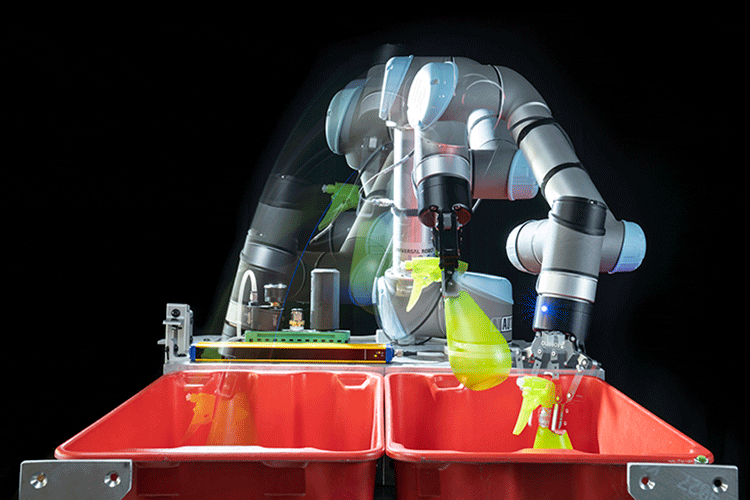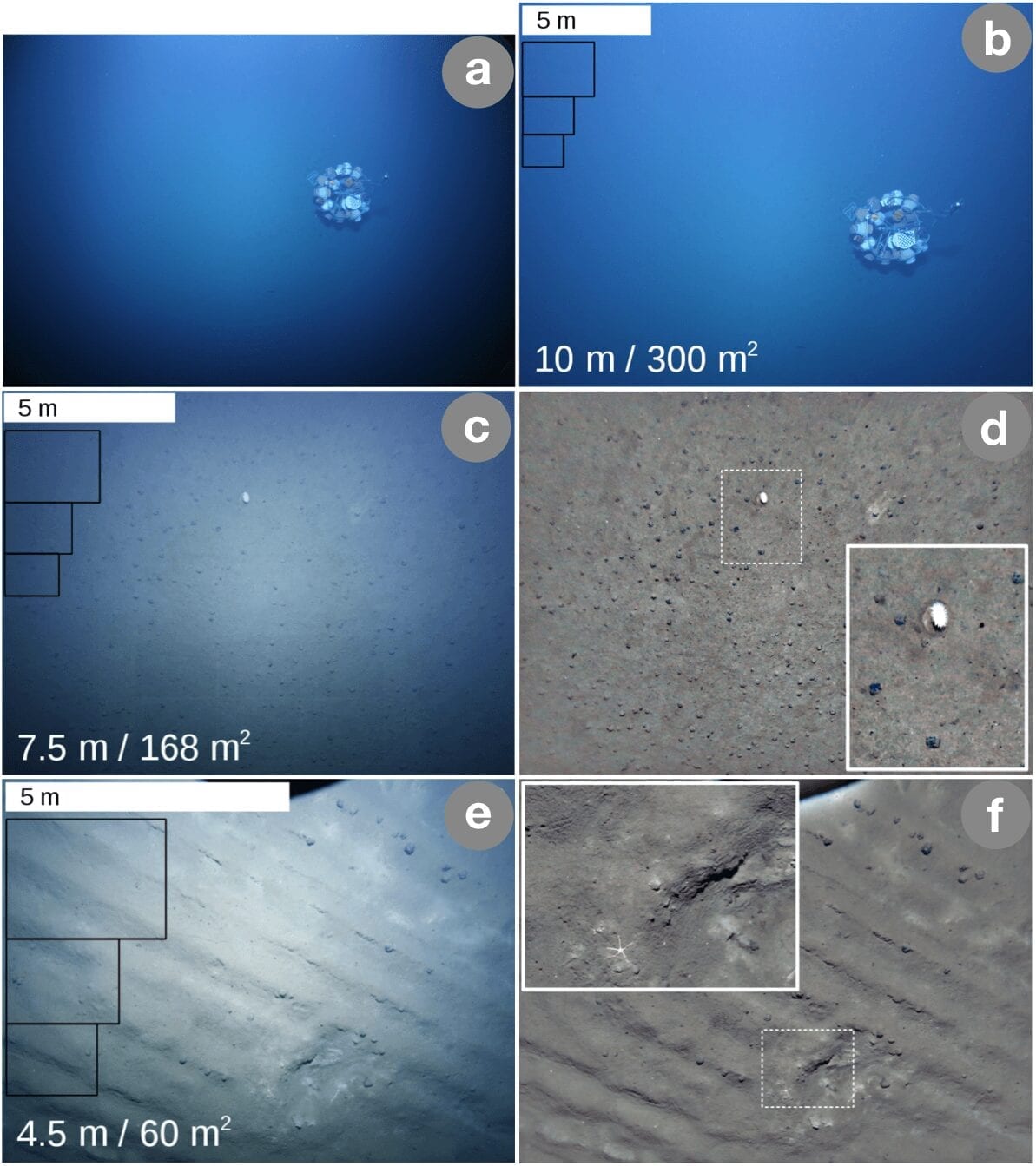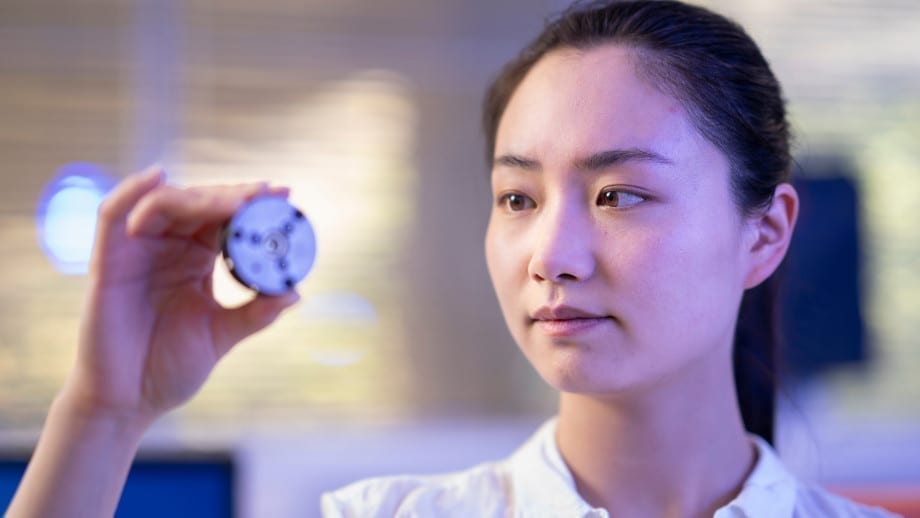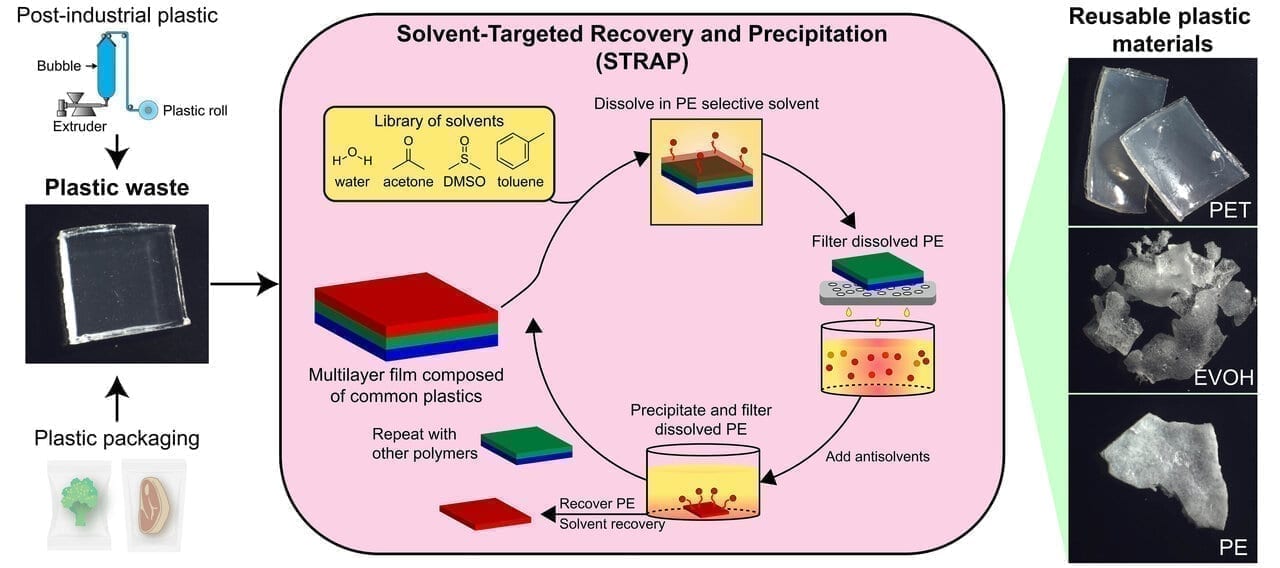
UC Berkeley engineers have created new software that combines neural networks with motion planning software to give robots the speed and skill to assist in warehouse environments. (UC Berkeley video courtesy Ken Goldberg lab)
In the past year, lockdowns and other COVID-19 safety measures have made online shopping more popular than ever, but the skyrocketing demand is leaving many retailers struggling to fulfill orders while ensuring the safety of their warehouse employees.
Researchers at the University of California, Berkeley, have created new artificial intelligence software that gives robots the speed and skill to grasp and smoothly move objects, making it feasible for them to soon assist humans in warehouse environments. The technology is described in a paper published online today (Wednesday, Nov. 18) in the journal Science Robotics.
Automating warehouse tasks can be challenging because many actions that come naturally to humans — like deciding where and how to pick up different types of objects and then coordinating the shoulder, arm and wrist movements needed to move each object from one location to another — are actually quite difficult for robots. Robotic motion also tends to be jerky, which can increase the risk of damaging both the products and the robots.
“Warehouses are still operated primarily by humans, because it’s still very hard for robots to reliably grasp many different objects,” said Ken Goldberg, William S. Floyd Jr. Distinguished Chair in Engineering at UC Berkeley and senior author of the study. “In an automobile assembly line, the same motion is repeated over and over again, so that it can be automated. But in a warehouse, every order is different.”
In earlier work, Goldberg and UC Berkeley postdoctoral researcher Jeffrey Ichnowski created a Grasp-Optimized Motion Planner that could compute both how a robot should pick up an object and how it should move to transfer the object from one location to another.
However, the motions generated by this planner were jerky. While the parameters of the software could be tweaked to generate smoother motions, these calculations took an average of about half a minute to compute.
In the new study, Goldberg and Ichnowski, in collaboration with UC Berkeley graduate student Yahav Avigal and undergraduate student Vishal Satish, dramatically sped up the computing time of the motion planner by integrating a deep learning neural network.
Neural networks allow a robot to learn from examples. Later, the robot can often generalize to similar objects and motions.
However, these approximations aren’t always accurate enough. Goldberg and Ichnowski found that the approximation generated by the neural network could then be optimized using the motion planner.
“The neural network takes only a few milliseconds to compute an approximate motion. It’s very fast, but it’s inaccurate,” Ichnowski said. “However, if we then feed that approximation into the motion planner, the motion planner only needs a few iterations to compute the final motion.”
By combining the neural network with the motion planner, the team cut average computation time from 29 seconds to 80 milliseconds, or less than one-tenth of a second.
Goldberg predicts that, with this and other advances in robotic technology, robots could be assisting in warehouse environments in the next few years.
“Shopping for groceries, pharmaceuticals, clothing and many other things has changed as a result of COVID-19, and people are probably going to continue shopping this way even after the pandemic is over,” Goldberg said. “This is an exciting new opportunity for robots to support human workers.”
The Latest Updates from Bing News & Google News
Go deeper with Bing News on:
Artificial intelligence software
- Putting the 'art' in artificial intelligence
The art was created by both artists and AI via generative adversarial networks, with help from Nvidia’s research team, and is then displayed at the site via a mixture of interactive and non-interactive forms. With technology being such a key a part of Artechouse’s “secret sauce,” the gallery is unwilling to share intimate details about its setup.
- Risklick debuts new AI software that writes clinical trial protocols
A Swiss startup called Risklick has launched artificial intelligence software for clinical trials that the company claims can reduce development time and costs by as much as 35%, according to an Ap | Swiss startup Risklick has launched artificial intelligence software for clinical trials that the company claims can reduce development time and costs by as much as 35%.
Go deeper with Google Headlines on:
Artificial intelligence software
[google_news title=”” keyword=”artificial intelligence software” num_posts=”5″ blurb_length=”0″ show_thumb=”left”]
Go deeper with Bing News on:
Advances in robotic technology
- Sodexo teams up with ART to launch robotic kiosks across US
ART is a hot food technology supplier in the food service industry ... The collaboration combines Sodexo’s global expertise in food services with ART’s advances in robotics and AI, aiming to set new ...
- Humanoid Robot Forum Set for October 7 in Memphis, Tennessee
New event from Association for Advancing Automation (A3) held in conjunction with Autonomous Mobile Robots & Logistics Conference ANN ARBOR, Mich., April 25, 2024--(BUSINESS WIRE)--The latest ...
- Industrial robot makers gear up for global expansion
Yantai Aitron Robot Technology Co in Shandong province is reaping the rewards of rapid development in the new energy vehicle sector. Its load-carrying robots have achieved international performance ...
- Good Shepherd Lutheran School team advances to world championship in VEX IQ Robotics
It’s fun to push ourselves to the limits and see what we can really do,” teammate Tatum Wright told the Argus Leader.
- Why animals run faster than their robot doppelgängers… for now
“It [advances in robots] will move faster, because evolution is undirected,” University of Washington Department of Electrical & Computer Engineering Associate Professor Sam Burden said. “There are ...
Go deeper with Google Headlines on:
Advances in robotic technology
[google_news title=”” keyword=”advances in robotic technology” num_posts=”5″ blurb_length=”0″ show_thumb=”left”]










